One of the trends being explored by CFM is the rising expectation on the part of users that museums provide avenues for them to contribute their opinions and expertise—to be co-creators, not just consumers. Some museums are harnessing users’ expertise through social tagging (see, notably, the STEVE project) Other projects like the Open Museum invite users to curate their own exhibits on-line.
So, I am eager to alert you to this call for papers issued by Library Trends, an academic journal that explores future directions in the fields of library and information science. The journal is preparing a special issue on Involving Users in the Co-Construction of Digital Knowledge in Libraries, Archives, and Museums.
As the call for papers notes “We need to consider what social computing really means for the future of libraries, archives, and museums, and think carefully about the future trends and long-term implications of involving users in the co- construction of knowledge online. It is important to have broad-based discussions about what happens when users are involved in shaping and directing and guiding the development of online libraries, archives, and museums and their information resources.”
In my experience, moderating discussions on this theme around the country, there is a great deal of anxiety in the museum field about what it means for our field to lift the curtain and let the public participate in what is, traditionally, behind-the-scenes work. I look forward to reading a thoughtful exploration of these issues, and encourage you to direct submissions to Paul Marty at marty@fsu.edu or Michelle Kazmer at mkazmer@fsu.ed.

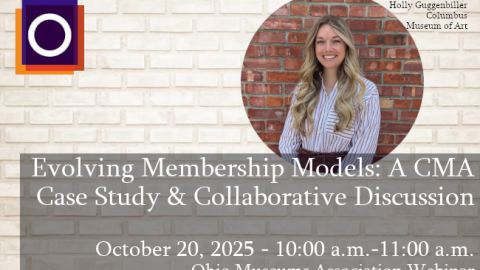
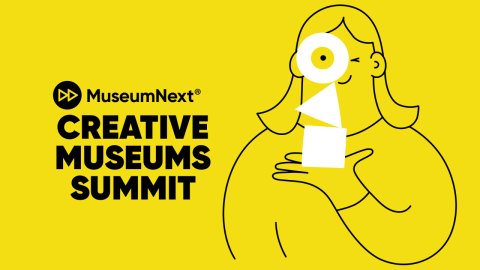
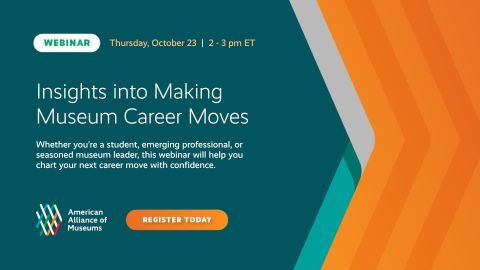
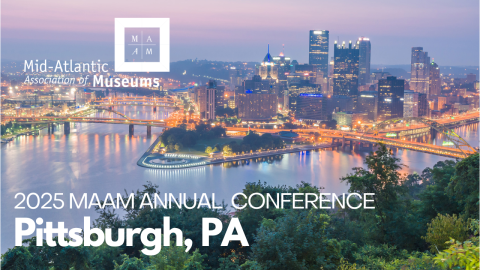
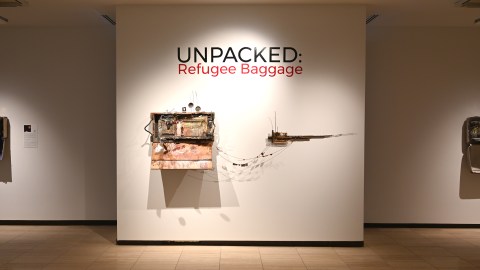
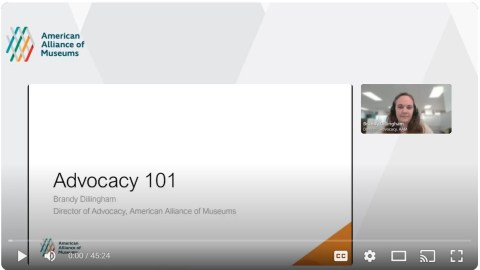
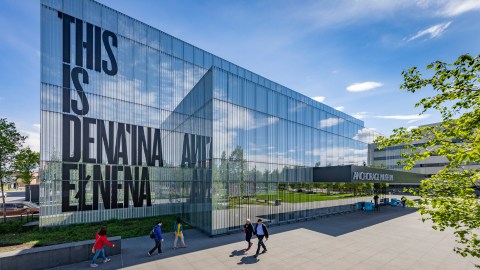
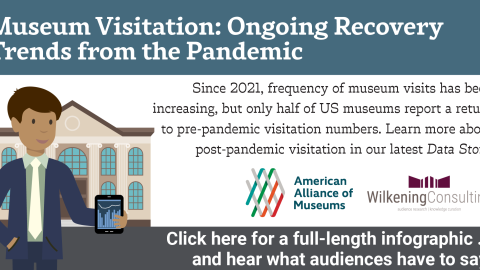
Thanks for this interesting post and your attentive choice of words, "co-creation of digital knowledge". It reflects the potential value of participatory content creation projects. Often, people assume that public participation in museums implies the dumbing down of the product, the stripping away of its historical context and the obliteration of curatorial perspective. I say, bah humbug!
Wikipedia, arguably the most successful experiment in co-creation to date, has very strict protocols for contribution, which are transparent to any user. If you wonder what is behind a particular assertion, you can visit their discussions. Contrary to appearances, Click! — a powerful and successful exhibit on most every count — was made possible by the careful and thorough structure created by the Brooklyn Museum team. To say it emerged like a Dada creation would be to misunderstand the vision and prowess of its curators.
In Open Museum (which is still under development), we make it possible through the structure of the site (i.e. lay out, feature set, curating rules…) for curators to simultaneously welcome visitor participation while making their own curatorial statements, maintaining control over their content and monitoring the overall tone of the conversation. In turn, the curator can benefit from visitor feedback (in the form of a rating, tagging and friending), PR through the social networks of their "friends'" (thanks to tweet this and iphone app), and content contributions (via photo and text comments). Curator and visitor information is kept in separate spaces and can only be edited by the creator. Curators retain, however, the power to delete a visitors comment. Open Museum's handling of curator and visitor content is an example of how co-creation can — and in my mind, should — be structured.
The world could become a better place through co-creation. If carefully structured, we'll benefit from the pooling of our knowledge, exposure of various points of view and increased opportunities to engage in informed conversations with more and different people.